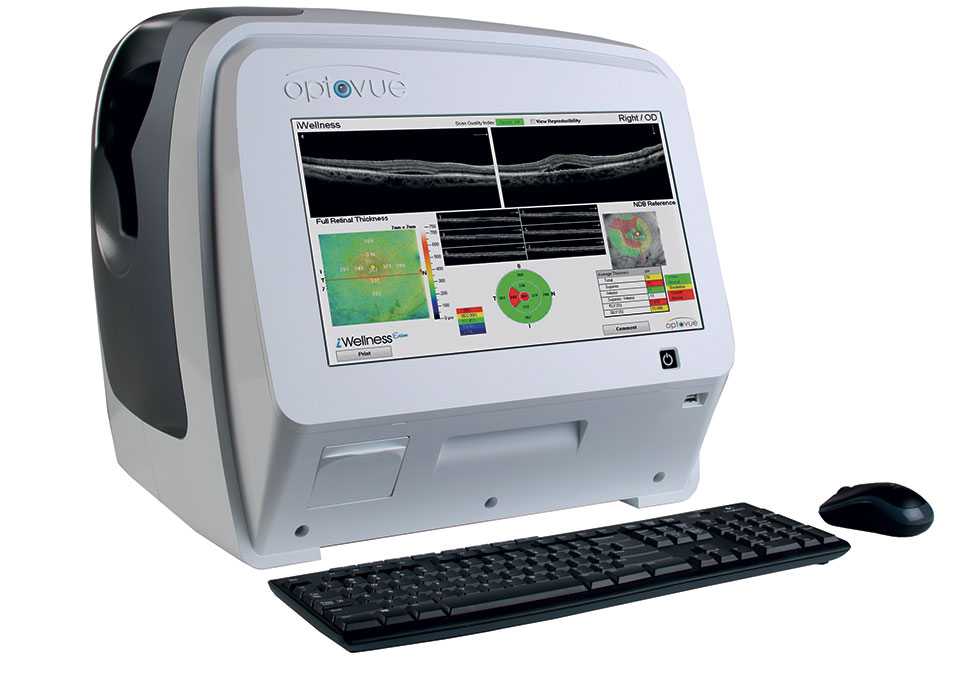- OT
- CPD and education
- Myth-busting
Myth-busting
Optometrist and clinical multimedia editor for OT , Ceri Smith-Jaynes sorts the fact from the fiction when it comes to OCT

06 March 2019
Myth 1: Now we can scan the optic nerve with optical coherence tomography (OCT), we don’t need visual field tests anymore
Not quite. OCT can be used to scan the optic nerve and tell if the layer of nerve fibres is thinner than average. If it is thinner, it may be because there is damage to the layer of nerves. However, it could be that this patient just isn’t Mr. Average. You’d need a previous scan to compare with to make that call, which is why it is useful for patients to have OCT at every eye examination to spot any changes. If there’s damage to the nerve layer, it may be because of glaucoma. While the OCT can reveal the structural damage, it doesn’t tell you how that is affecting the patient’s vision. That’s where the visual field test comes in. The visual field test tells you whether the optic nerve is functioning, and how the vision may be affected if it is damaged.
Myth 2: OCT uses a laser, so you shouldn’t have it done too often
No. Although this is a laser beam, it is non-destructive and safe to use many times over. OCT uses light from the part of the spectrum near to infra-red. It can be used safely on children too.
Myth 3: OCT can diagnose macular degeneration and glaucoma
Sort of. OCT is very useful for detecting these conditions, but the clinician will use a combination of tests and the symptoms the patient describes to make a diagnosis.

Image credit: Shutterstock



Comments (0)
You must be logged in to join the discussion. Log in